Celtic festivals played a major role in the lives of the ancient Irish and Scottish people, as well as other Celtic cultures.
The ancient Celts lived across Europe from around 1200 BCE to the early Medieval period. They were deeply connected to the cycles of nature.
Their lives revolved around the changing seasons and they celebrated various festivals to honour and mark the significant moments of the year.
These Celtic festivals, rooted in their spiritual beliefs and farming practices, played a vital role in their communities and cultural identity.
Celtic Seasonal Festivals

The Celtic seasonal festivals (Samhain, Imbolc, Beltane and Lughnasadh) were closely tied to the Celtic calendar, which was based on a lunisolar system, meaning it followed both the lunar phases and the solar year.
These festivals were important for agricultural reasons as they guided the planting, harvesting, and livestock management schedules. Moreover, they were deeply intertwined with the Celtic belief system, reflecting their love of nature, the gods, and the supernatural.
Solar Festivals

The Celts, with their deep connection to the celestial movements, also held solar festivals in high regard.
These festivals, which included the solstices (Yule and Litha) and the equinoxes (Ēostre or Ostara and Mabon) had profound meaning to the Celtic people, shaping their religious beliefs, agricultural practices, and cultural identity.
The celebration of these cosmic cycles was instrumental in harmonising their lives with the natural world and the celestial realm.
The significance of solar festivals is still remembered and celebrated in various modern traditions. Many modern communities continue to honour these festivals, adapting them to fit their spiritual beliefs.
Yule has become Christmas, and the Spring Equinox has influenced Easter, both of which continue to hold remnants of ancient Celtic practices.
Common Themes
Though Celtic tribes were scattered across different regions, they shared similar themes and attributes in their festivals. Some of the common themes were:
Connection to Nature:
The Celts revered nature and its cycles, viewing it as a living entity. Each festival was an opportunity to celebrate the changing seasons, showing thanks for the bounty of the land and seeking blessings for future harvests. The Celts depended on the changing seasons for their livelihood.
The solstices and equinoxes acted as critical reference points for farming practices, guiding the planting, harvesting, and tending of crops.
These festivals served as important agricultural calendars, ensuring that the community’s survival was intricately linked to the rhythms of nature.
Fire Rituals
Fire held significant importance in Celtic festivals. It was believed to cleanse and purify, and bonfires were lit to honour the gods and ward off evil spirits.
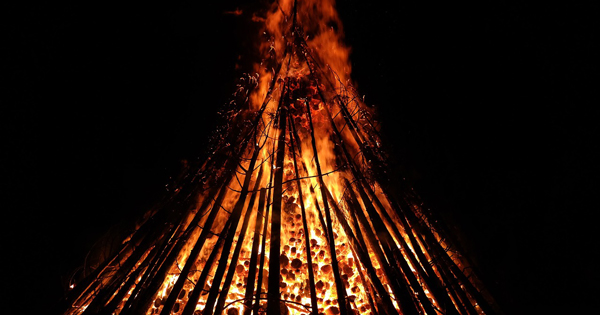
Sacrificial Offerings:
In some festivals, offerings were made to appease the gods, seeking their favour and protection. These offerings could include livestock, crops, or symbolic items.
Community Celebrations:
Celtic festivals were occasions for communal gatherings. They played a vital role in shaping the cultural identity of the ancient Celts. They brought the community together, creating a sense of belonging and shared purpose.
The rituals, feasts and merriment during these festivals not only celebrated cosmic cycles but also strengthened the social fabric and family bonds among the Celtic tribes.
Thresholds and Transitions:
The Celtic festivals marked the thresholds between seasons or transitions in life. These events were seen as periods where the veil between the physical and spiritual realms was blurred.
The solar festivals were not merely astronomical events to the Celts, but held profound religious and spiritual implications. They were considered sacred moments when the divine forces were particularly active and accessible to humans. The solstices and equinoxes served as markers for various rituals, offerings, and observances, connecting the Celts with the celestial deities and the forces of nature.
While the ancient traditions may have evolved over time, the spirit of the Celtic festivals continues to resonate with people today and they remind us of the importance of staying connected to nature and celebrating the changing rhythms of life.
Click on the symbols below to discover more about each festival.
Imbolc – festival marking start of Spring
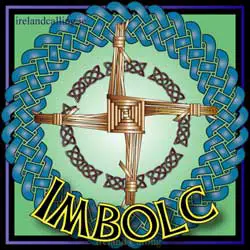
Ēostre – forerunner of Easter
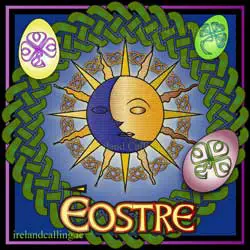
Beltane – festival of fire
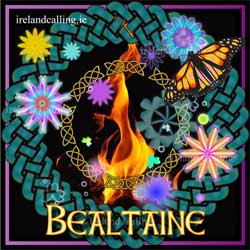
Litha – festival of light
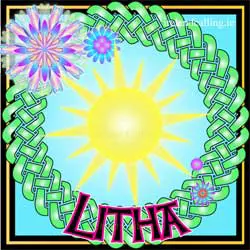
Lughnasadh – harvest festival
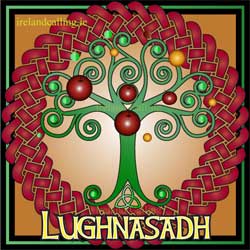
Mabon – celebration of autumn equinox
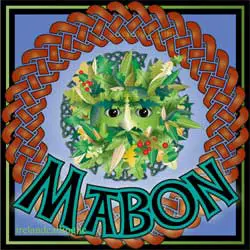
Samhain – forerunner of Halloween

Yule – ancient festival pre-dating Christmas

